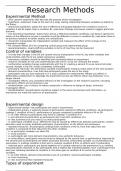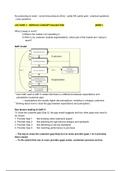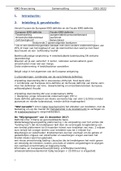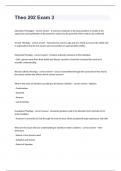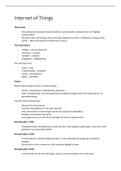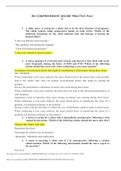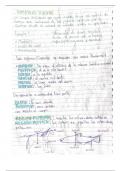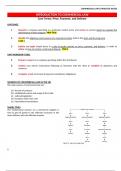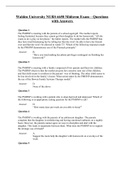Samenvatting
Summary AQA A level psychology research methods notes
- Vak
- Instelling
This document contains all the information necessary for the research methods section of AQA A level psychology. I recommend learning these notes using the blurting revision technique, this got me an A* in the 2023 exam series!
[Meer zien]
